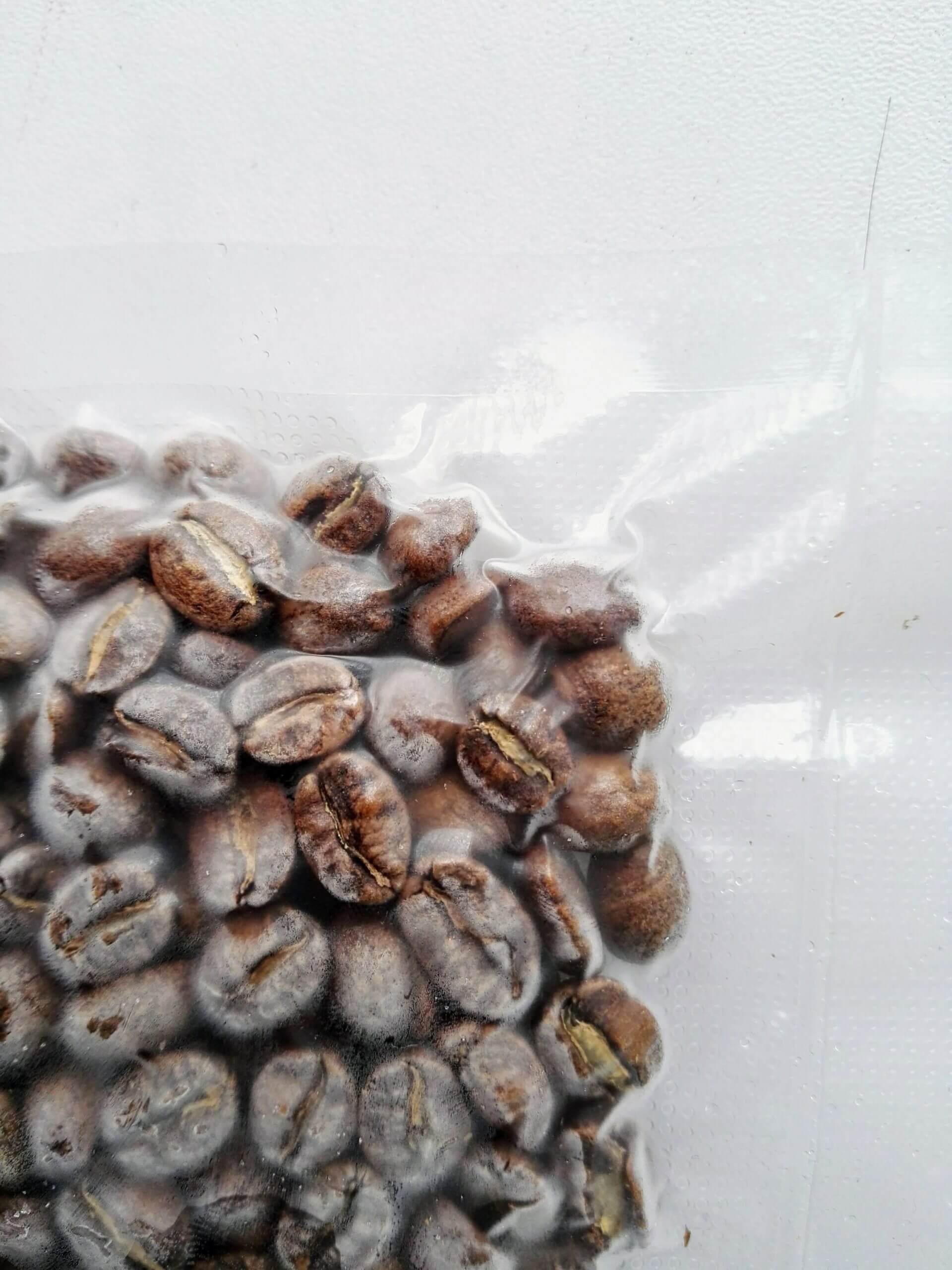
Hello, hello! Good afternoon, everyone.
First of all, I have to introduce myself, because I am a new face here, in this space of San Agustín CafesMy name is Liza. I've been in the specialty coffee world since 2012 as a barista, and since 2015 as a coffee roaster. Among many other things, I'm fortunate to have worked roasting for a specialty coffee chain in my home country.
I now live and work in Lisbon, Portugal, and have been blogging about coffee for some time now. "Coffee Without Lies"Here I'd like to share with you—if you find it interesting, of course—my random thoughts about specialty coffee, the industry, and simply the delicious (or not so delicious) espressos I'm lucky enough to try.
If you ask me to point out a trend in the coffee world that has made the most noise in recent years, sparked the most discussions, motivated people to experiment, and in the end, in almost all cases, has easily integrated into the daily routine of coffee professionals and enthusiasts – I'm going to say "freezing."
I use the word "trend" because it's something relatively recent – but I clearly remember an episode in my life that happened about 3 years ago.
My boss and I were on a trip to a farm and were visiting one of the coffee professionals I admire and highly respect—roaster, farm owner, trainer, judge (and many other things)—and she invited us to have coffee at her cafe.
We chose the beans (it was Pacamara Natural, but correct me if I'm wrong) – and then in front of us, the barista opened the freezer, took out the beans, measured the necessary amount… We couldn't believe our eyes. We've heard many times before how bad it is. Never do it, it's an absolute no-no – and here she is, using the frozen beans for the AeroPress we ordered. We asked her if she finds freezing a good way to store beans. She said, "Absolutely yes, I do for a long time."
We were sitting outside, looking at the mountains, enjoying the cool breeze, literally hundreds of meters from the coffee plantations. Of course, we didn't expect that AeroPress to taste good. After all, who would? We silently agreed not to say anything out loud out of respect, but... I mean, really? It seemed like a joke! Specialty coffee in the freezer?
Needless to say, the barista brought it, and it tasted good. Frozen coffee. It tasted. Good. Yes, an AeroPress made from frozen beans stored in non-airtight bags—it tasted better than acceptable.
It surprised us. We haven't adopted the practice, but let's just say it opened our minds after that.
Personally, I started freezing months after this. Not for practical reasons, really. At the time, I was living in Central America, and someone brought me Caballero Catuai from Tim Wendelboe. I had to stock up on it because I wanted to enjoy it longer. Considering that in that part of the world, I was getting coffee roasted outside the country, specifically—from Europe, specifically—from Tim Wendelboe.
So I froze it.
It was my first attempt. I bought those special bags and a hand pump, which I found, luckily for me, at the supermarket next door. I measured the doses I use for V60 at home, and froze the coffee, dosed like that, in 15-gram bags. I froze the necessary dose so as not to have to go through the extra effort of opening an entire bag, removing the coffee, and freezing it again. I read (I think it was Matt Perger) that it makes more sense to do it that way. And I put it in the freezer, hoping for the best. Honestly, because the coffee was fantastic, and I was risking everything by putting it in there to freeze.
To cut a long story short, don't use hand pumps if you want to be taken seriously in the world of coffee freezing :) Some of the bags weren't sealed properly and burst open. Of course, they absorbed all the smells from the fridge, absorbed moisture, and the coffee in the cup was unpleasant. Others survived. And I became able to do something that sounds pretty crazy: enjoy a cup of magnificent coffee from Tim Wendelboe in Central America, months and months after the roast date, while it continued to be delicious.
My routine now no longer includes a hand pump, but it does include freezing the vacuum-packed beans.
And here we have, in a nutshell, a simple way to significantly slow the aging of coffee beans, without worrying about changing the coffee-to-water ratio, grind size, or brewing method based on how long it's been since the roast date. Do it exactly the same way you did the first time. Months after the roast date.
To mention other benefits of freezing: better particle distribution, less coffee "dust" that leads to over-extraction, and a cleaner, shinier cup at the end. Even better than before freezing.
Necessary equipment? Vacuum sealer + special bags. Exactly the ones chefs use to package food when cooking sous-vide. They're very popular right now, and you can easily get them for less than 100 euros, and if you can keep an eye out for promotions, even less than 50 euros.
Freezing coffee in vacuum bags has become part of my routine now, whether I'm getting new coffee and don't want it to go stale too quickly, knowing I won't drink it all at once, or when I want to have a bunch of samples to taste, or when I'm roasting and want to keep comparing different batches… In all cases, you're no longer playing against time. I think it's worth spending some money on.
It remains to be seen whether it works as well with ground coffee as it does with whole beans. Probably yes, if the coffee is frozen first, then removed, ground, vacuum-sealed, and refrozen in portions... There's a whole field to experiment with, I'm just thinking out loud...